
About 1 in 10,000 animals are born with albinism.
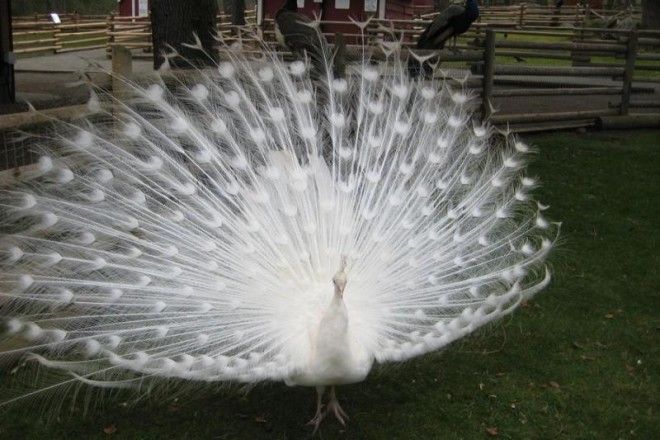
The term derives from the Latin word Albus, meaning “white”.
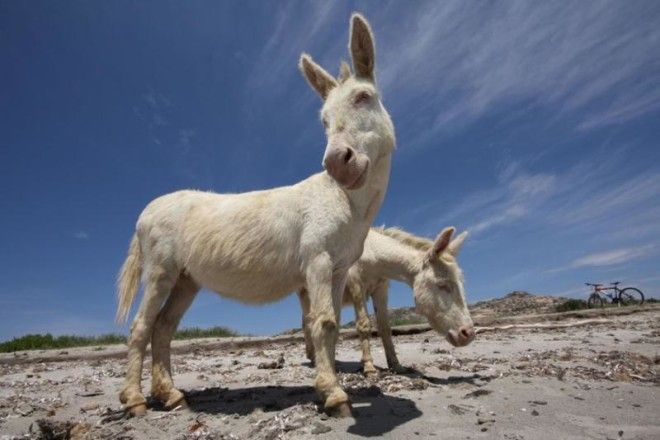
To have albinism, an organism must inherit one or more defective genes that makes it impossible to produce normal amounts of melanin, a pigment that colors skin and hair.

Animals lacking this pigment can either be pure or partial albinos, depending on how defective their inherited genes are.

In snakes, partial albinism is more common than full albinism.

Albino turtles tend to have yellowish shells and pink eyes.

In addition to the aesthetic effects albinism has on animals, it also affects their physical development.

The absence of melanin in the eyes results in abnormal development, which often means that those wth albinism struggle with depth perception.

Some animals aren't as negatively physically impacted by albinism, like the squirrel. Its retina differs from all other mammals, so albinism affects their eyesight less than normal.
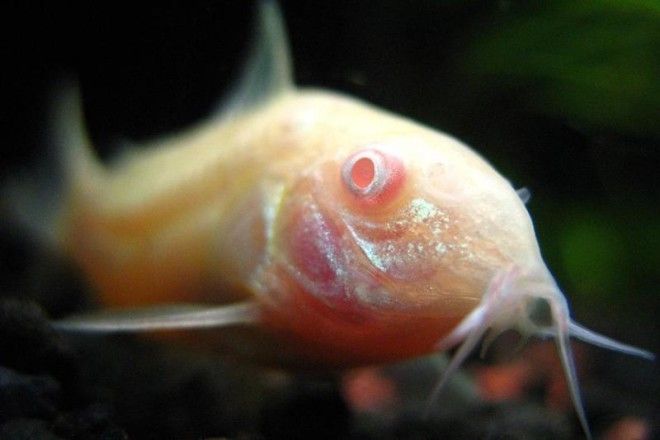
Fish, like this catfish, aren't as affected, either. They don’t have melanin in their inner ear, meaning that their hearing is less likely to be affected by albinism than in mammals.
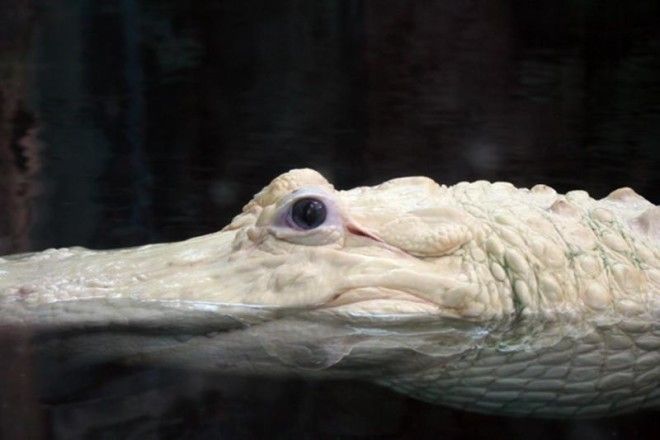
Many albinos classified as predators die from starvation because they lack their natural color camouflage. Would-be prey can easily see them coming, and therefore have time to plot an escape.
Advertising

Likewise, animals that are more likely to be prey lack the natural coloring that helps them hide from predators, so they are more apt to be seen and killed.

The condition also has social effects, which is problematic when it comes time to mate. Many albino animals are outcast by their peers.
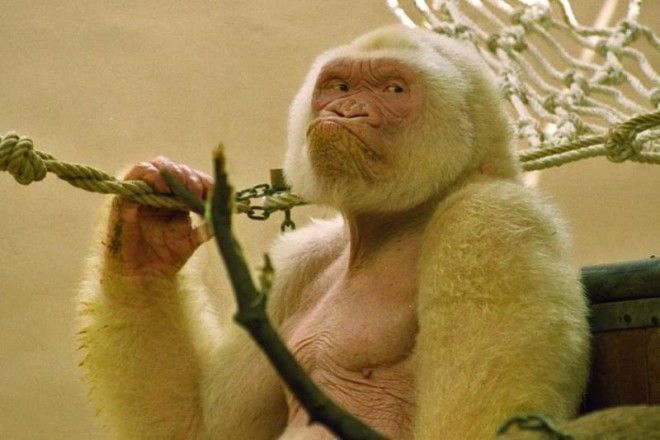
As such, numerous albino animals live in captivity. Snowflake, featured above, is the only documented gorilla with albinism. He was born in the wild, but captured and kept at the Barcelona Zoo.

This is Betty, the resident albino wallaby at the Columbus Zoo, in Powell, Ohio.

The only known albino penguin, Snowdrop, was born in 2002 at England’s Bristol Zoo.

There is only one documented albino koala, and his name is Onya-Birri.
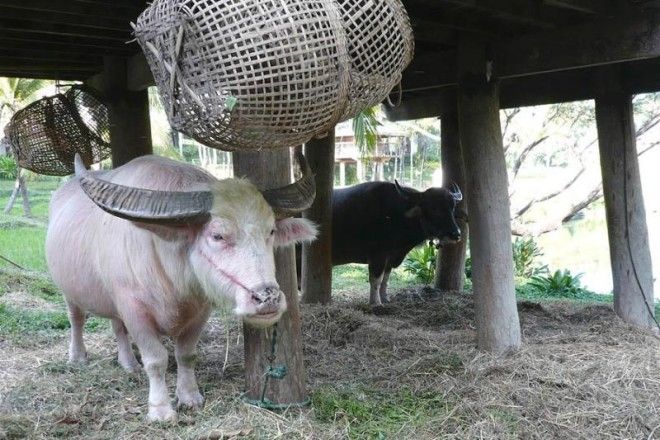
Some cultures worship albino animals, and believe that they are good luck charms.


Despite differences, many of these tribes abided by one common principle: the albino animal is not to be killed.

If the albino animal were killed, its killer would be cursed. The underlying thinking was that, as its coloring makes it an easier mark, it is unfair game for the hunter.

